
Advocate Early and Often! No Experience Needed!
It is never too early to become a PANS PANDAS advocate! Public awareness of PANS PANDAS happens one person at a time, and we need your help! Increasing awareness improves...

It is never too early to become a PANS PANDAS advocate! Public awareness of PANS PANDAS happens one person at a time, and we need your help! Increasing awareness improves...
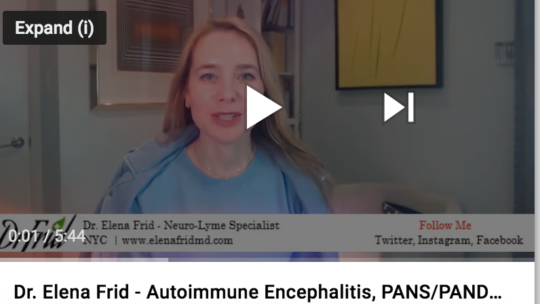
Dr. Elena Frid – Autoimmune Encephalitis, PANS/PANDAS, and Cunningham Panel Moleculera lab May 20,...

PANDAS Clinical Care & Research at MGH: Updates & Discussion w/ Drs. Geller, Pasternack, & Williams Doctors from the MGH PANDAS clinic present updates on various aspects of clinical care...
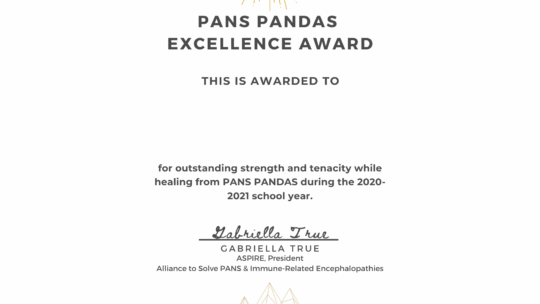
Our students are PANS PANDAS strong! As we begin to wrap up the school year, we see many kids receiving praise for scholastic achievement. Let us take the time...
Ali A, Anugwom G O, Rehman U, et al. (May 12, 2021) Sydenham Chorea Managed With Immunoglobulin in Acute Rheumatic Fever. Cureus 13(5): e14990. doi:10.7759/cureus.14990
Conclusions: SC is a rare presentation of ARF. Without adequate treatment and supportive care, SC can cause severe functional impairment. ARF should be considered as a differential diagnosis in school-aged children presenting with choreiform movements. Chorea can be managed with antiepileptics and antipsychotics; however, evidence on IVIG use for chorea has also been reported. There is no international consensus on the standard choice of treatment; therefore, IVIG should be used in severe functional impairment when unresponsive to other therapies.
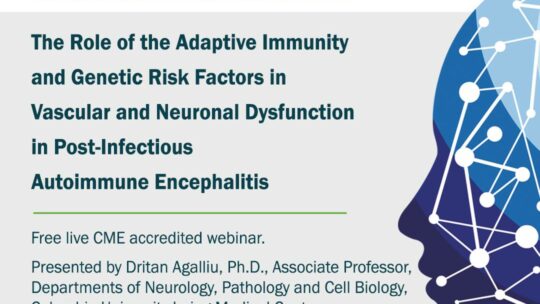
The Role of the Adaptive Immunity and Genetic Risk Factors in Vascular and Neuronal Dysfunction in Post-Infectious Autoimmune Encephalitis Available on Demand Presented by Dritan Agalliu, Ph.D....

As a mom with a child who had been battling PANDAS/PANDA, I know how devastating living thru it is and how hopeless at times you can feel. I felt inspired...

“In Finn’s case, Lyme Bartonella Mycoplasma have been identified as triggers. The disease leads to rage, exhaustion, panic attacks, among other symptoms,” Dean said. “It’s been just...
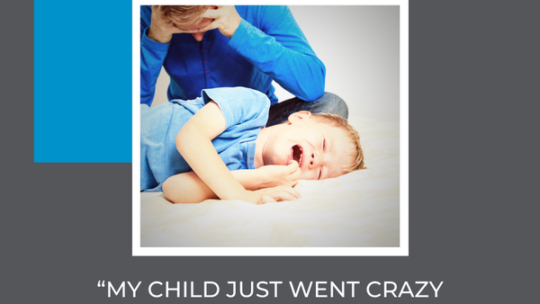
“My Child Just Went Crazy One Day”: What You Need to Know about PANS & PANDAS, Ep. 125 CEU podcasts for social workers, psychologists, therapists, clinical counselors, and addiction...
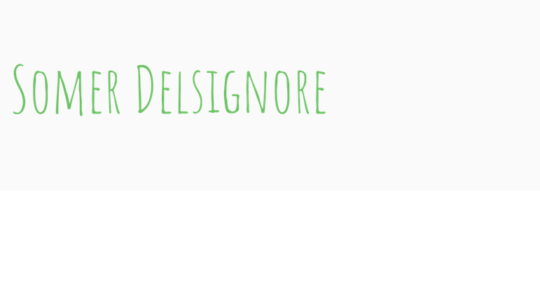
April 8, 2019. Somer Delsignore “Many children with PANS/ Autoimmune Encephalopathy who seem to flare despite having a good treatment plan perhaps forget the inflammation of a seasonal allergy....
Elisabeth Fernell, Mikael Sundin, Anders Fasth, Lisa Dinkler, Martyna Galazka, Christopher Gillberg, Mats Johnson Acta Paediatr. DOI: 10.1111/apa.15805
Conclusion
No HLA allele association such as seen in children with narcolepsy after H1N1 immunisation could be confirmed in this group of children with PANS. However, more than half the group had a first‐degree relative with a diagnosed autoimmune disease.
Piero Pavone, Manuela Ceccarelli, Silvia Marino, Daniela Caruso, Raffaele Falsaperla, Massimiliano Berretta, et al. Lancet Child Adolesc Health. 2021 . May 04, 2021 DOI:10.1016/S2352-4642(21)00135-8
“Post-infectious, autoimmune, and neuro-inflammatory events are the main mechanisms of Paediatric Acute-onset Neuropsychiatric Syndrome (PANS).4 PANS presents with a sudden onset of obsessive-compulsive disorder (OCD) or a severely restricted food intake, and concurrent neuropsychiatric symptoms and motor dysfunction.4 The estimated prevalence of OCD in childhood and adolescence is 0·25–4·00%, with those aged between 16–18 years (1%) having the highest prevalence.5, 6, 7 Here, we report on two unrelated children with PANS that started 2 weeks after a positive COVID-19 nasopharyngeal swab.”